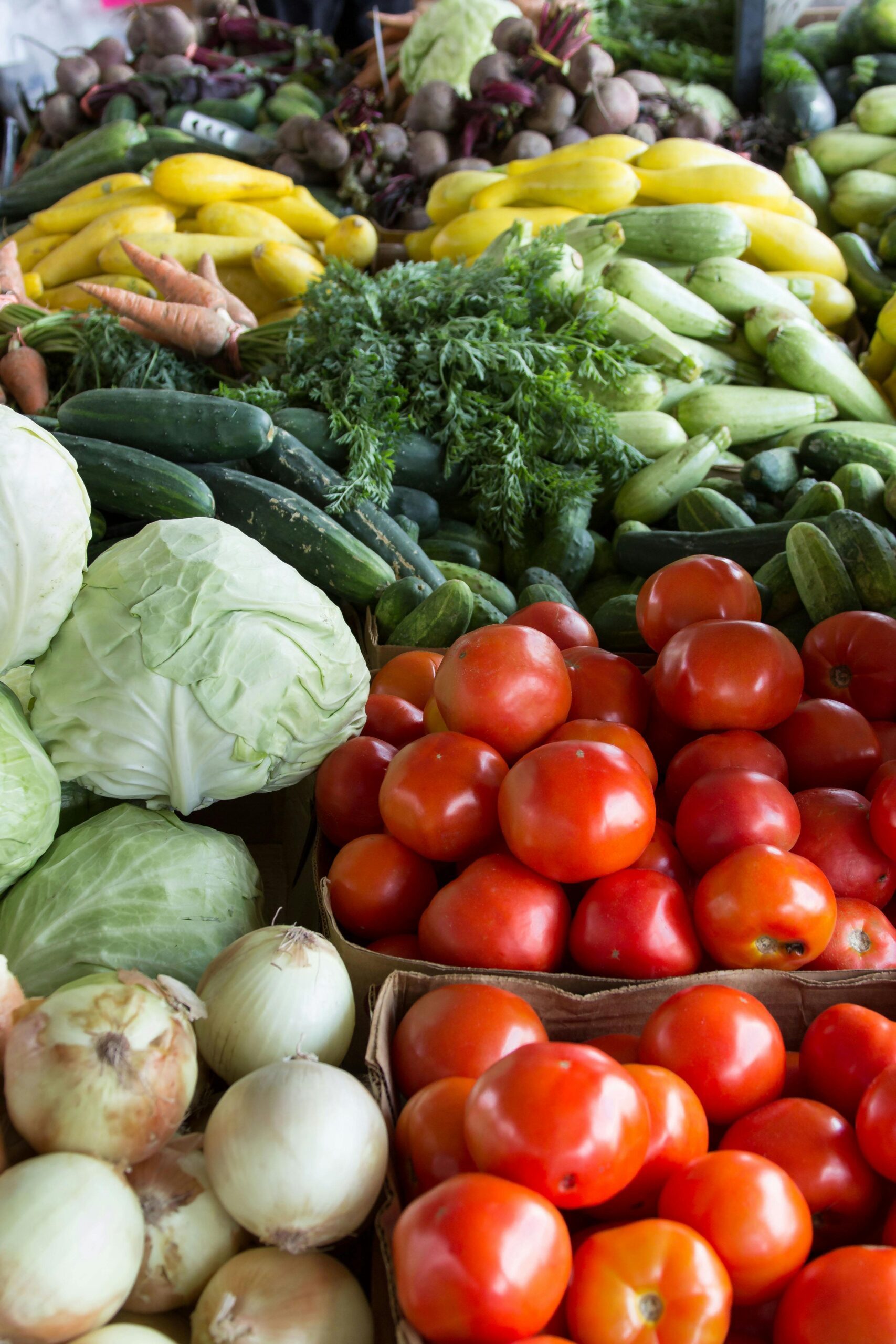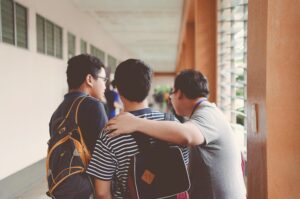This interview refers to the Susplus project which can be found in our Good Practices section.
GOOD PRACTICE OVERVIEW, CHALLENGES AND OPPORTUNITIES
What were the original goals and objectives of this practice/activity?
The original goal was to develop, implement and disseminate innovative educational materials and methods in the field of sustainable food systems.
What was found to be particularly useful in achieving this practice objectives (methods, approaches)?
The strong point of this type of practice is close cooperation with other entities, developing a model of activities that, brought into the project, provide diverse perspectives and broader knowledge.
Also a strength of this project is the use of online and digital resources that make the project accessible to a wide range of people.
What did students like the most about this practice?
I believe that the strength of this project is the choice of topic and the willingness to implement it among students. Educating and raising awareness of the target group on behavioral changes towards more sustainable food choices.
What were the key problems areas of this practice?
Lectures are the only weakness of the project.
I consider the weakness of this project to be its funding, which is limited only to the duration of the project.
Another weakness is the promotion of sustainable practices in the field of food consumption and production, only for the duration of the project, because this is the funding. It is a long-term process and requires a change in eating habits related to food choices.
How can these elements be improved in the future?
I believe that in addition to lectures, workshops should be implemented, e.g. culinary, where an example of a pork chop can be replaced with, for example, an egg cutlet. Due to the fact that it is an on-line course, you can create an application for students who would arrange their own healthy menu. This involves additional financial outlays, but I believe that everyone would like to use such an application.
Is this practice replicable by other teachers in different countries? What factors should be considered while replicating this practice?
This practice is definitely worth copying by other countries. The decisive factor, of course, is the target group, the financial factor, the duration of the project and the period of its promotion.
What was the most inspiring aspect for you while implementing this practice?
The most inspiring is the subject of the project and the desire to make young people aware of the importance of healthy food. An example of their use is the garden I set up in accordance with allelopathy and intercropping.
I am implementing a system of ecological management on my own farm, that I am aware that this method has a positive impact on the environment and food quality







